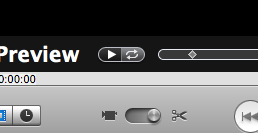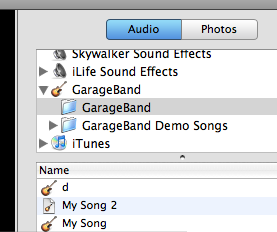Today I thought I would put up a review of I Am Number Four, check out some books, and help a class with iMovie. I’ve done that, but I also read Love That Dog. I read it in under an hour and while completing those previously mentioned tasks.
Love That Dog is great. It’s a simple story about a boy writing poems in class and his teacher’s reactions. We have to infer her reactions because we’re only getting one side of the story.
The entire book is in verse, which helps make it a quick read. What I especially loved, though, is the inclusion of eight other poems from published authors. The main character makes commentary on each one. My favorite?
…who wrote about
those snowy woods
and the miles to go
before he sleeps –
well!I think Mr. Robert Frost
has a little
too
much
time
on his
hands.
So great. I sometimes see in YA fiction references to other YA works. Avi’s reference to The Outsiders in Nothing but the Truth is a prime example of this. In Love That Dog, the main character reads a poem from Walter Dean Myers. He loves it so much that he writes to Walter Dean Myers to see if he can visit their school. I think I’m just as much of a fanboy as the fictional protagonist and would love for Myers to visit our junior high. (Just like in the book, we have a clean school full of mostly nice kids.)
Love That Dog is a little bit older (it was published in 2001), but if you have it on the shelf and haven’t read it yet, it’s a definite must.














